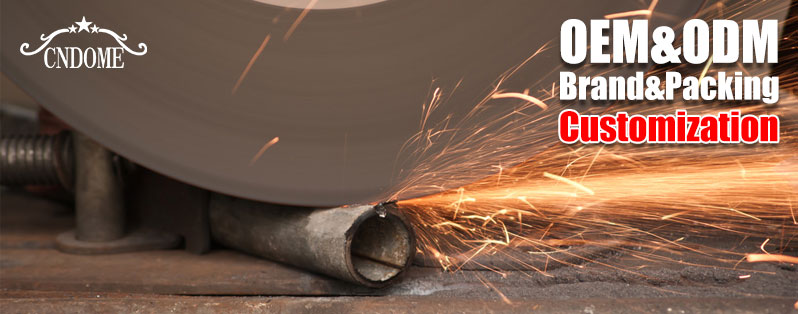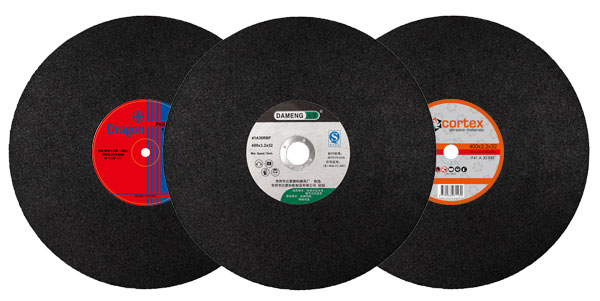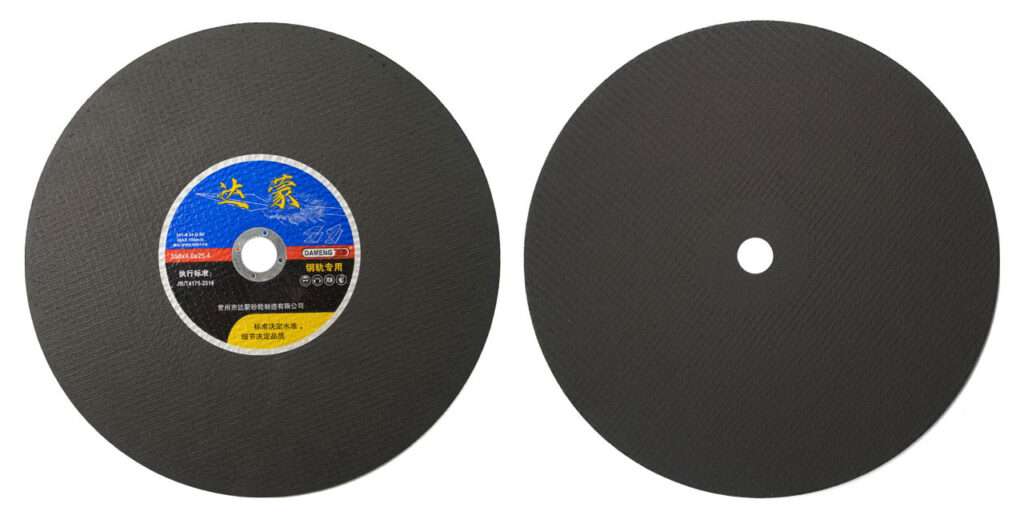Cut-off wheels are essential tools in metalworking and fabrication, providing precision cuts for various materials. When dealing with cast materials such as cast iron, cast aluminum, and cast steel, selecting the right cut-off wheel is crucial to achieving clean, efficient, and effective results. This blog explores the key factors, wheel types, and techniques to maximize performance when cutting cast materials.
Why Cast Materials Require Specialized Cut-Off Wheels
Cast materials often have unique properties, such as high hardness, brittleness, or porosity, which demand specialized abrasive solutions:
- Cast Iron: Known for its brittleness and hardness, cast iron requires wheels that minimize chipping and resist wear.
- Cast Aluminum: Lightweight and softer, it demands a wheel that prevents clogging and overheating.
- Cast Steel: A versatile material, cast steel combines strength and toughness, requiring durable and precise cutting tools.
Choosing the Right Cut-Off Wheel
When selecting a cut-off wheel for cast materials, consider the following factors:
- Material Compatibility
- Opt for wheels explicitly designed for cast materials, such as those made with high-performance abrasives like aluminum oxide or silicon carbide.
- Bond Type
- Resin-bonded wheels provide smoother cuts and are ideal for brittle cast materials.
- Reinforced wheels offer enhanced durability for cutting tougher cast steels.
- Grit Size
- Coarser grits are better for rapid material removal.
- Fine grits deliver precision and smoother edges for detailed work.
- Thickness
- Thinner wheels (e.g., 1mm–1.6mm) allow precision cuts.
- Thicker wheels (e.g., 2.5mm–3mm) are more durable and suitable for heavy-duty tasks.
Best Practices for Cutting Cast Materials
- Use Proper Equipment: Ensure your angle grinder or cut-off tool matches the wheel’s size and speed rating.
- Adjust Cutting Speed: Moderate speeds reduce the risk of overheating, especially for cast aluminum.
- Secure the Workpiece: A stable workpiece minimizes vibrations, resulting in a cleaner cut.
- Apply Minimal Force: Let the abrasive wheel do the work to prevent premature wear or tool damage.
- Cool the Material: Use coolant or pauses during cutting to avoid overheating and thermal stress.
Top Applications for Cut-Off Wheels with Cast Materials
- Automotive Repairs: Cutting cast iron brake rotors or engine components.
- Plumbing: Trimming cast iron pipes and fittings.
- Construction: Shaping cast steel components in structural frameworks.
- Artisanal Work: Refining cast aluminum for sculptures or decorative pieces.
Recommended Cut-Off Wheels for Cast Materials
- Silicon Carbide Wheels: Excellent for cast iron due to their sharp cutting action.
- Aluminum Oxide Wheels: Ideal for cutting softer metals like cast aluminum.
- Hybrid Wheels: A combination of abrasives for tackling mixed-material tasks, such as cast steel embedded in other alloys.
Conclusion
Cutting cast materials with precision and efficiency requires the right tools and techniques. By understanding the unique properties of cast materials and selecting the appropriate cut-off wheel, you can achieve superior results in various applications. Whether you’re a professional or a DIY enthusiast, investing in high-quality wheels tailored to cast materials will enhance your cutting performance and productivity.
Looking to explore premium cut-off wheels for your cast material projects? Share your needs or ask questions in the comments below!



